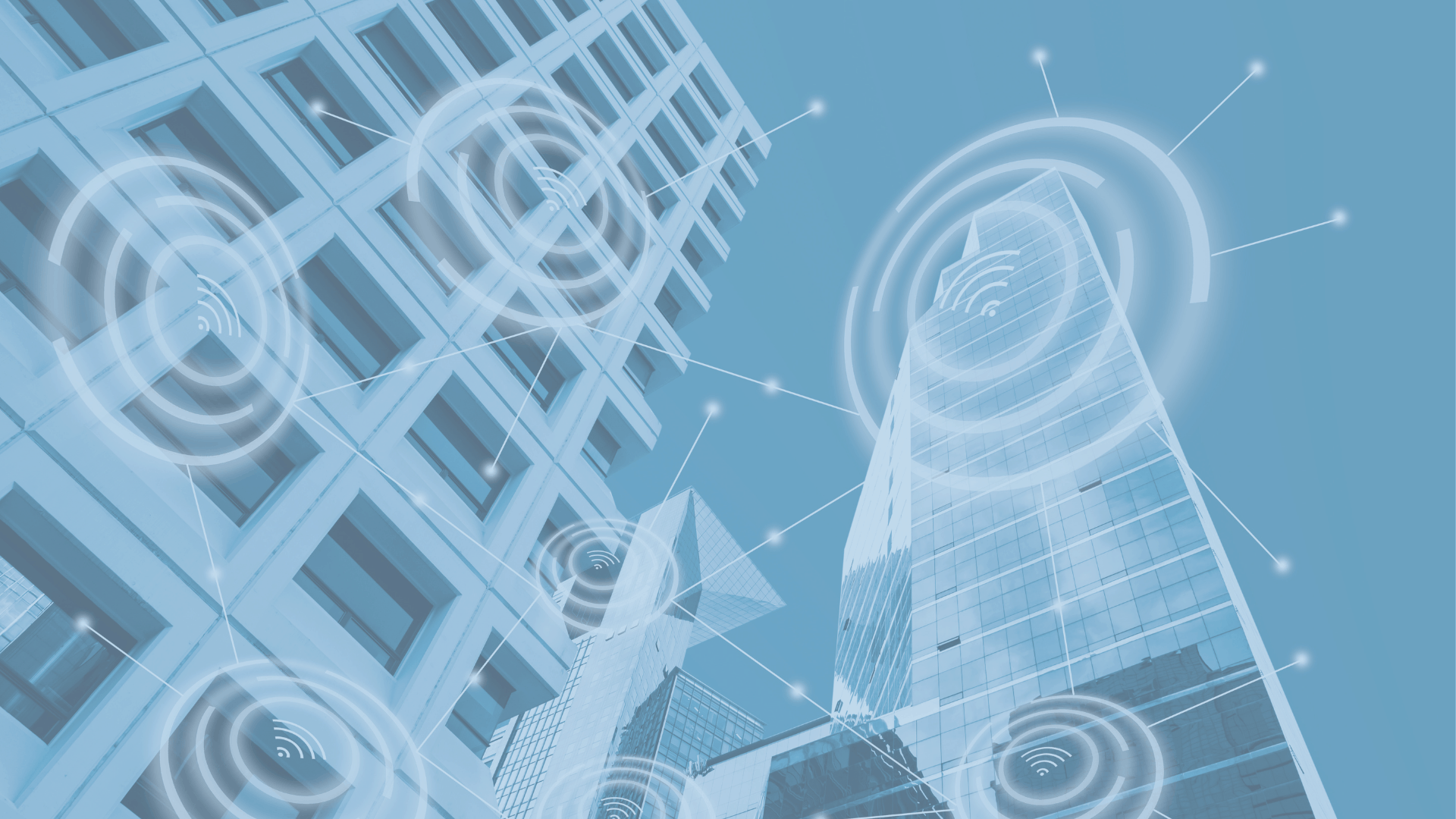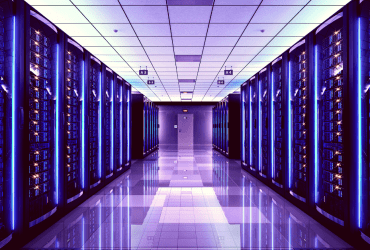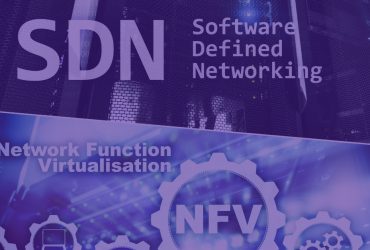Distributed systems are becoming vital for IT, and business at large. The question now is not if you should be adopting them, but it’s rather how fast this should be happening.
To make sure you get the full overview of distributed computing, let’s revisit how it works, its benefits, and how you can quickly get the full potential of decentralization.
What Are Distributed Systems?
Rather than a centralized system, where computing is delivered from a single node of computers, a distributed system consists of multiple autonomous computers. These nodes are all connected to each other using a distribution “middleware.”
This middleware is essentially a program that allows the computers to share their resources and integrate their capabilities. This helps create a combined, coherent network – which functions as a single system.
Need an analogy? You can think of it as follows. A centralized system is a tow truck that is hauling a car out of a ditch. It is definitely powerful, but consists of a single machine. If the tow truck breaks down, you’re out of luck!
Whereas a distributed system is more like a team of two dozen operators, hauling the same car out of the ditch by acting as a single unit, and pulling all at once. If one operator needs to stop, the rest of the team will take up the slack!
This is a simplified analogy, but it gets to the heart of one of the biggest benefits of a distributed system, which are redundancy and fault tolerance. We’ll discuss that a bit later.
Distributed Systems We Have Seen in the Past
If you’ve been in the IT business for a while, you may have heard about decentralization a few decades ago.
The client-server era was all about making workstations powerful enough to process information locally, rather than relying solely on servers. We saw Microsoft leading the desktop market, making the Windows client OS essential to the business. Still in 2019, Microsoft Windows is the most popular client OS deployed on desktops and laptops.
When Did Centralization Take Over?
The early 2000s started the cloud computing period, thanks to the availability of the Internet.
We saw a new type of IT providers offering online services to the world from their data centers. This was a totally centralized approach, with servers hosted at the provider’s premises.
End-user devices no longer required high capacity, as web applications replaced client software. The only required thing to run an application was an Internet connection and a browser installed on the device.
Office 365, Gmail, Salesforce are examples of software as a service offerings. Other types of cloud services include infrastructure and platform.
Computers Are No Longer the Unique Source of Data
Manufacturers have been able to miniaturize core components like processors, chips or sensors, and connect a different kind of devices to the network. Not only computers, but also phones, cameras, TV sets, light bulbs and more are now able to collect precious data.
This has opened the door to a whole new world of applications that humanity can benefit from, especially autonomous services.
The consequence is, real-time analytics are becoming critical as these applications rely on immediate decision-making.
A Totally New Computing Paradigm
In smart plants for instance, engines will halt automatically based on temperature, humidity levels, human motion or else. This is possible thanks to integrated sensors capturing all the parameters and to computers analyzing them. These engines have become “smart”. As safety is more than important in plants, many decisions the engines “make” spare the lives of hundreds of human beings.
In this case, have you noticed that data processing still relies on computers? Miniaturized devices definitely can collect data, but they are lacking the CPU, storage and memory to execute programs.
And unfortunately, the centralized cloud method is failing to provide that ability because of limited network speeds. It is simply unthinkable to:
- Transfer the data through the Internet to a data center far away
- Extract and analyze the data on the servers
- Send back the results to the originating system
There is simply no real-time scenario opportunity with the cloud.
Distributed Systems Are Becoming Essential
So, the IT industry has been forced to look into other ways to process data with a decentralized approach. In this new paradigm, the load is shared between different, distributed systems. Each of them can provide fast computing power to the end-user, over the network and at a short distance. We are speaking of servers in micro data centers that can be deployed in cell towers, public infrastructure, or any kind of connected equipment in offices and homes.
Distributed systems are enabling innovation with a wider impact. Things we could have never imagined such as remote surgery and autonomous vehicles can now become a reality.
The Benefits of Distributed Systems
Distributed systems have their advantages. Here are the most common.
Better Fault Tolerance and Redundancy
In a centralized model, when there is network outage or hardware failure in a cloud data center, the situation can completely cripple your services and business reputation.
In a decentralized model, distributed systems combine geographically dispersed computers together to make a highly redundant infrastructure. They enable to continue delivering services properly even if one or several of the units fail or lose network communications.
The application will reroute requests to a different unit in another location, and the service will continue to function.
Distributed systems offer better fault tolerance and true redundancy.
Low Latency
It takes dozens to hundreds of nodes to make distributed systems. The node that is geographically closer to a user processes their requests.
This helps minimize latency and maximize response time, resulting in better overall performance.
Distributed systems are great for applications that require real-time responses, or rapid analysis of data.
Cost-effectiveness
Some might think distributed systems are more expensive than a centralized architecture. With a traditional approach, distributed computing would mean more labor to set up the nodes, resulting in higher startup costs.
But, compared to the decentralization model we have seen in the past, the contemporary distributed systems are way better. It is because they use automation at different levels, making their deployment and operations autonomous.
Thanks to technologies such as artificial intelligence and machine learning, there is no human intervention necessary to deploy, expand and upgrade distributed systems on demand. The operational costs become almost null.
Distributed systems make highly scalable, autonomous and cost-effective architectures.
Computing Efficiency
In cloud computing, a large set of servers in a single data center will execute a workload on its own.
In distributed computing, dozens to thousands of simultaneous parallel systems handle workloads.
Distributed systems make computing faster and help deliver outstanding performance.
Better Security
Blockchains are the best illustration for this benefit. They make crypto-transactions more secure. With “chained”, distributed systems, there is less to no corruption possible because every transaction has to be acknowledged by all nodes.
In case there is a corruption attempt on a “block” from one node, the rest of the chain members will not approve the operation.
Distributed systems allow for systems that are more secure.
Start Using Distributed Systems for Faster Computing
Distributed systems are critical to the new computing needs. They allow for scenarios requiring real-time data analysis, live video rendering, interactive media and more life-depending use cases such as remote surgery.
Decentralization is no longer the future, it is the present. Taking this modern approach will give your company a competitive edge.
While you’re considering distributed computing, have a look to our Ormuco Decentralization product. We’ve been helping businesses take advantage of the new model.





